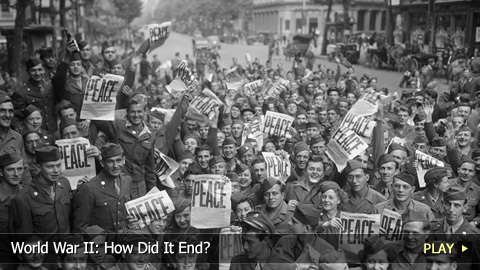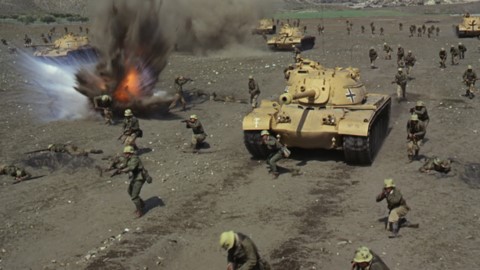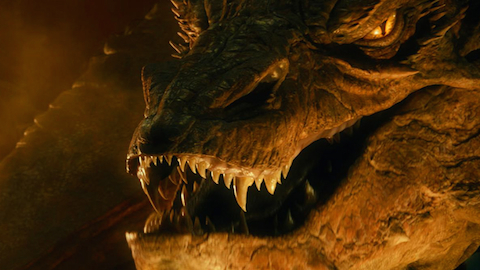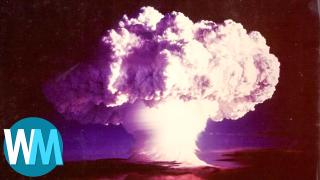World War II: How Did It End?

What Led to the Axis Downfall
Top 10 World War II Movies
World War II officially ended on September 2nd, 1945. But the events that led to the Allied victory were put into motion earlier in the war. A number of important events took place in April and May of 1945 that helped lead the war’s end.
The Turnaround: Battle of Britain
Top 10 Worst Battle Royale Games
In the early years of the war, the Axis successfully advanced throughout Europe, with invasions of countries like France, Belgium, the Netherland and Luxembourg. However, 1940’s Battle of Britain turned the tide and halted German advances through Western Europe.
The Entry of the U.S. and Loss of Axis Momentum
Top 10 World War II Games
More failed Axis invasions followed, but 1941’s attack on Pearl Harbor finally brought the United States into the fight. By 1942, fighting two fronts proved too challenging for the Nazis, and the Axis lost momentum. The Battle of Stalingrad in particular proved to be a turning point where the Allies took full advantage. 1944 saw more Allied victories, such as the June 6th attack of German forces at Normandy, France that is now called D-Day. By the end of that year, the Axis downfall was imminent.
Capture of Mussolini
Top 10 Motion Capture Performances
Amid more Allied pushes through Europe, on April 27th, 1945, Benito Mussolini was captured while he tried to escape Italy for Switzerland. He was killed the next day, and this directly led to the surrender of the Italian fascist forces.
Death of Hitler
Top 5 Causes of Death in Men That Are Way Too Common
Just a few days later, on April 30th, Adolf Hitler committed suicide while hiding from the bloody Battle of Berlin in a bunker. He did so to avoid being caught and killed like Mussolini.
Surrender of Nazi Forces
May 1st saw Nazi forces in Italy surrender to the Allies. German forces throughout Europe continued to surrender in the days that followed. And finally, unconditional German surrender was announced on May 8th and 9th, and this was followed by a German ceasefire shortly thereafter.
The Last Holdout: Japan
10 Nintendo Games That NEVER Left Japan
The last holdout of the Axis powers was Japan. Though that country had started out winning most battles, the Allies and the Americans began to triumph more and more.
The Atomic Bombs
Top 10 Scariest Nuclear Bombs
The culmination of the nuclear arms race came in early August 1945 when the Allies, led by the United States, dropped two atomic bombs on Hiroshima and Nagasaki in an effort to quickly end the war. The day the second bomb was dropped, the Soviets joined the Pacific fight by invading part of northeast Asia. These shocking events helped finally put an end to the battle.
Japan Surrenders, and the War is Over
Is Japan The Next Space Superpower? | Unveiled
On August 15th, 1945, Japan surrendered after experiencing tremendous casualties. Finally, the surrender documents were signed September 2nd, 1945. The war was over and the Allies had claimed victory. Officially, it took until December 13th, 1946 for the hostilities to end between the United States and Germany.









